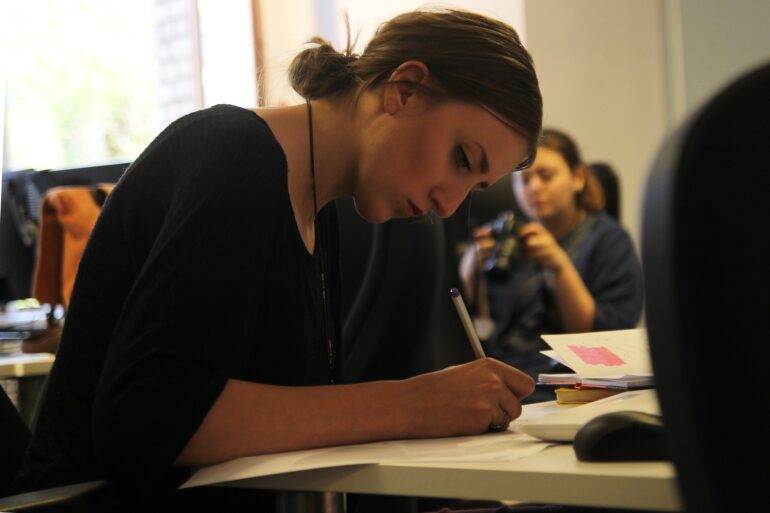TL;DR:
- The rise of Artificial Intelligence (AI) challenges academic integrity, making it difficult to detect cheating.
- Existing AI-based plagiarism detection software has proven to be unreliable, falsely identifying original work as AI-generated.
- Educators should explore alternative methods to determine originality and redesign assignments to maintain academic integrity.
- Recommendations for using AI detection software are being evaluated, with a focus on creative assignment redesign and in-person activities.
- Professors like Frederick Luis Aldama embrace AI’s potential while acknowledging the risks to academic integrity.
- Allowing students to cite chatbots and creating assignments that go beyond AI’s capabilities can foster critical thinking skills.
- AI’s presence in academia is here to stay, presenting both challenges and opportunities.
Main AI News:
The rapid advancement of Artificial Intelligence (AI) has ushered in a new era where the line between human-generated and AI-generated content is becoming increasingly blurred. As this technology gains momentum and permeates various sectors, educators are faced with the daunting task of preserving academic integrity. Plagiarism detection tools, such as Canvas-embedded Turnitin and other similar software, have been introduced to combat cheating. However, these AI-based detection systems have proven to be unreliable.
The current generation of detection software relies on intricate algorithms that analyze the probabilities of word usage to distinguish between human and AI writing. Despite Turnitin’s claim of 98% accuracy, a recent experiment conducted by the Washington Post exposed a glaring flaw in the system. More than 50% of the time, the software falsely identified original work as AI-generated, casting doubt on its effectiveness.
In light of these shortcomings, it is imperative for educators to explore alternative methods to assess originality without risking false positives. Redesigning assignments is one such approach that can ensure students do not bypass valuable learning experiences. Kathleen Harrison, Assistant Director of Communications for the Office of the Executive Vice President and Provost, stated that the University is currently evaluating plagiarism detection software before making recommendations to faculty and students regarding its use for AI detection.
While the exact nature of these recommendations remains uncertain, previously published guidelines from UT’s Center for Teaching and Learning advocate for the creative transformation of assignments. By incorporating references to class materials and fostering in-person activities, professors can encourage students to demonstrate their knowledge in innovative ways. This shift towards creative student assessments is not only practical but also acknowledges the increasing sophistication of language models, making it progressively difficult for flawed programs to identify AI-generated content based on a formula.
Frederick Luis Aldama, an esteemed English and Radio-Television-Film professor, is at the forefront of embracing AI’s potential within the classroom. He wholeheartedly believes in harnessing the power of AI to enhance writing skills, rather than wasting time chasing down instances of cheating. Aldama’s progressive approach includes allowing students to cite chatbots in their work and providing a controlled outlet for AI integration while discouraging misuse.
Conclusion:
The prevalence of AI in academia poses a significant challenge to maintaining academic integrity. The shortcomings of current AI-based plagiarism detection software call for alternative approaches, such as creative assignment redesign and the encouragement of critical thinking skills. Professors must navigate the complexities of AI integration to ensure a balance between leveraging its potential and safeguarding academic authenticity. In this evolving landscape, the market for education technology and academic tools should focus on developing more accurate and reliable AI detection systems to support educators in upholding academic integrity.

